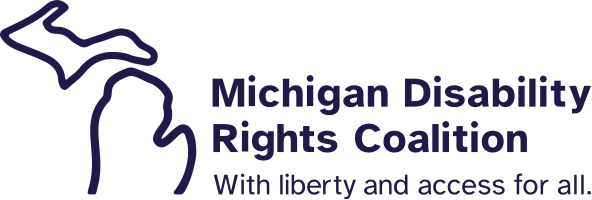Access to Facebook
Tuesday, April 6, 2021


It is so wonderful to see advances in the social media platforms in recent years to make content more accessible to people with disabilities! Some of these advancements are within the platform and you don’t need to do anything. However, there is still quite a bit you can personally do to make sure your content will be accessible to people with disabilities who use Assistive Technology to access your page.
General Tips
- Provide additional ways to contact your organization such as an 800 number or a general contact e-mail address for more information.
- Always put your main content first and put hashtags and @mentions at the end of a post
- If you are using hashtags (#) capitalize the first letter of each word, for example #AlternativeText
- Avoid the use of acronyms, abbreviations and text messaging shortcuts.
- Avoid using emoticons. If you do use these, put them at the end of the post and use sparingly.
- If you are linking to a document, make sure the document is accessible. (Contact us if you need more information!)
Use of Images
Facebook has added automatically generated image descriptions, or alternative text (also known as “Alt Text”) to it’s platform. To make sure your image is accessible though, you should check and most likely edit this automatically generated text. Facebook provides instructions on how to do this.
It is best not to post a graphic of text, instead, type out the text. If you do post an image that has text in it, be sure to include this in your alternative text.
As for what to write in the alt or alternative text, think about why this photo/image is on the post. (Context is everything!) These sites have some information about what to write in your description of the image or “Alt Text”.
- WebAIM: Alternative Text: While this site is about web authoring, it has a good discussion about how to write alt text.
- The Art of Alt Text
Multimedia Content – Video
If you use video, be sure to include captions and/or a link to the video where captions are available. While captions are tremendously important for the nearly 50 million Americans with some degree of hearing loss, it’s also estimated that 85% of Facebook videos are watched on mute — another great example of how producing accessible content benefits people with and without disabilities.
- How to add a video with captions to Facebook
- How to create a .SRT file (captions) From the Bureau of Internet Accessibility (BoIA)
Thank you for ensuing access for everyone to your Facebook posts! What other questions do you have about insuring access to your Facebook posts? Do you have tips to share?

